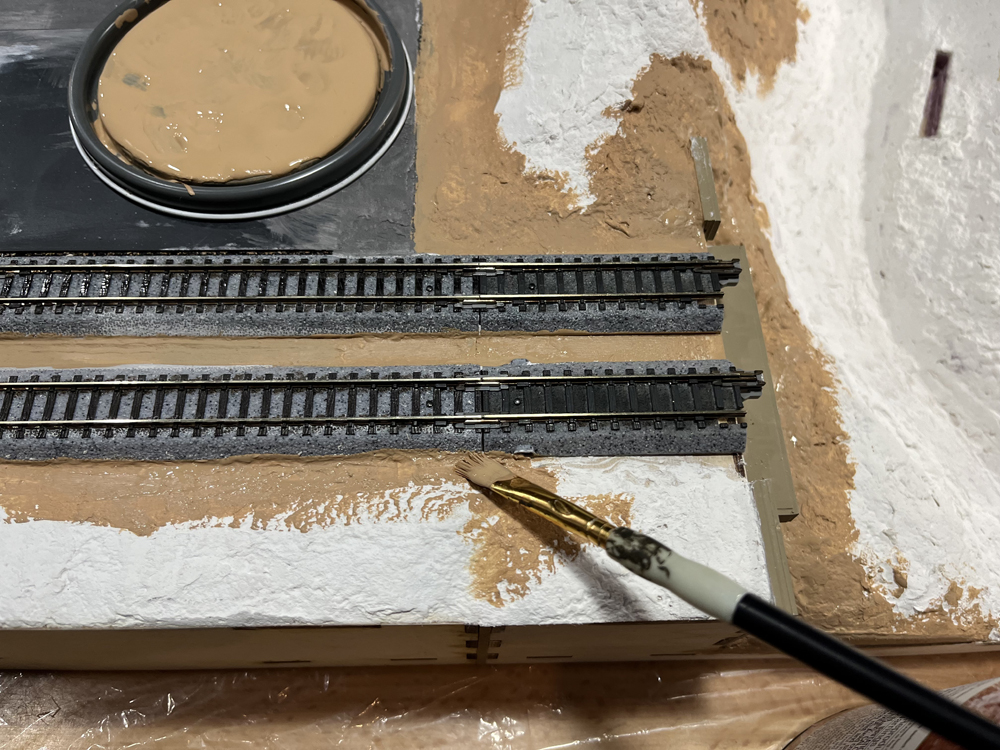
Modelers David Popp, Brian Schmidt, and Bryson Sleppy continue the scenery process on their T-TRAK modules in an attempt to make them look more like the prairies of Colorado. T-TRAK is a modular N scale railroading system that uses foot-wide boxes plugged together to build tabletop layouts. In this sixth installment, the three modelers explain […]
Read More…
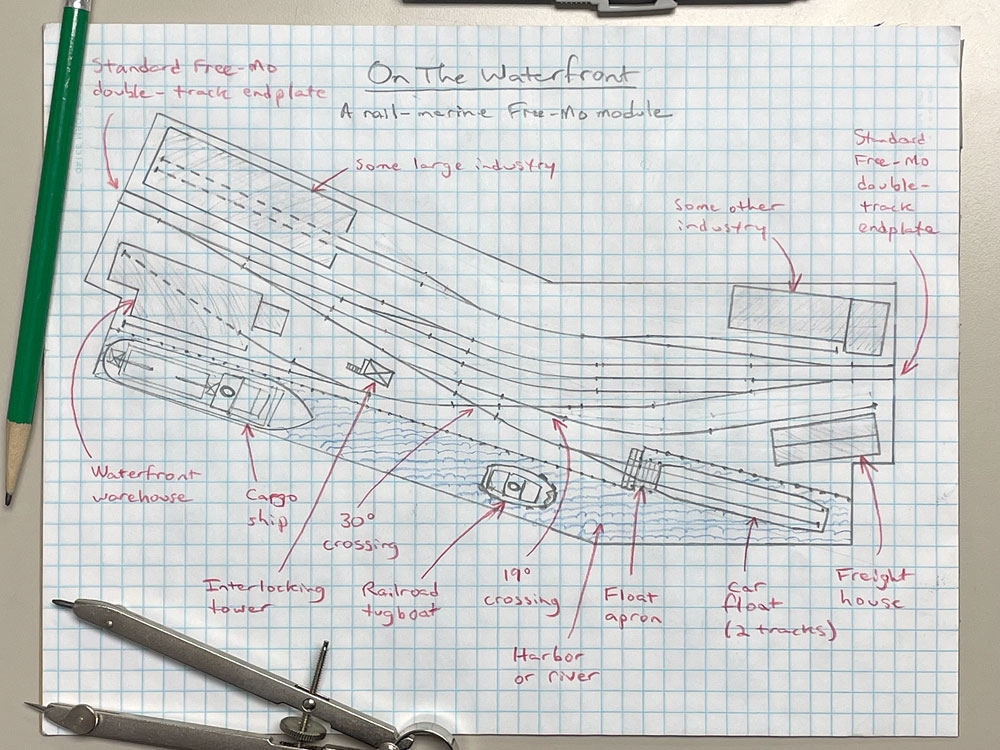
Tony Koester’s “Trains of Thought” column in our May 2024 issue, about the Norfolk & Western (formerly Wabash) Detroit car float terminal, inspired me to sketch up a track plan for a rail-marine Free-Mo module. I’ve written before about the Free-Mo modular standard and designing a Free-Mo module, a variant of which became Freemont Mills, […]
Read More…
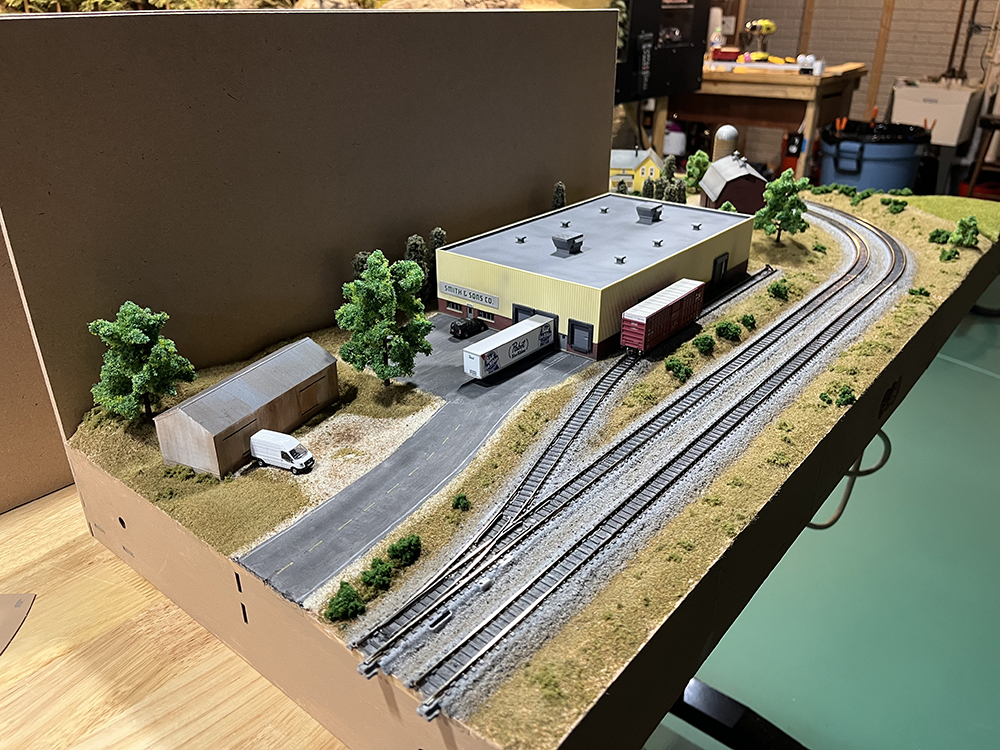
Modelers David Popp, Brian Schmidt, and Bryson Sleppy continue the scenery process on their T-TRAK modules by adding gravel, ground foam, and static grass in an attempt to make them look more like the prairies of Colorado. T-TRAK is a modular N scale railroading system that uses foot-wide boxes plugged together to build tabletop layouts. […]
Read More…
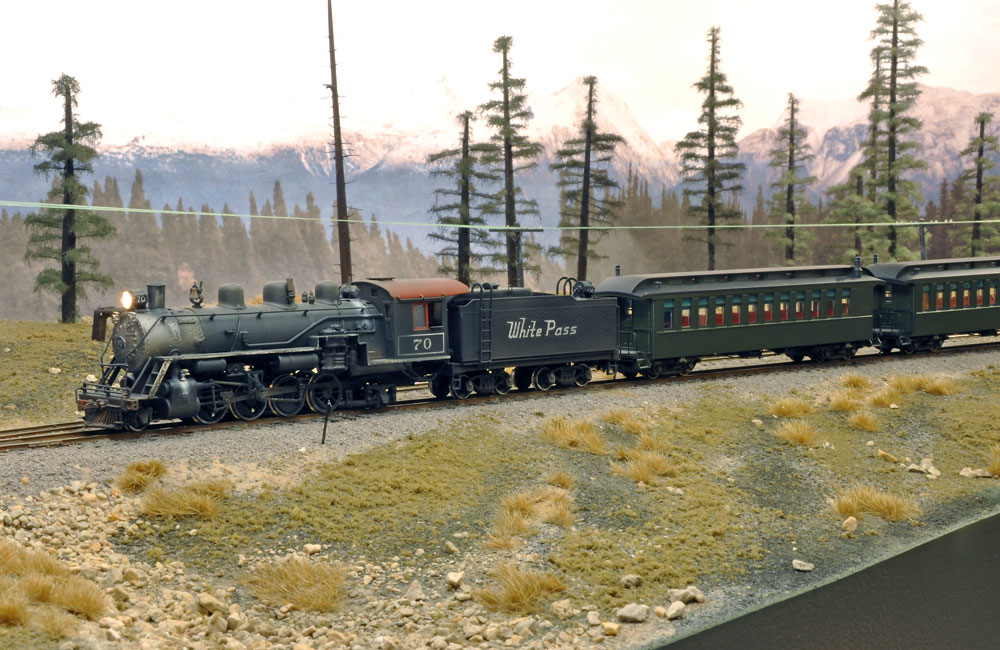
Q: I always thought N gauge track was the go-to gauge for narrow gauge HO operating equipment. I found out yesterday that is not true. I got a model kit for an HOn3 locomotive. Everything was going smoothly until I discovered the wheels and trucks supplied with the kit are spaced too far apart for N gauge […]
Read More…
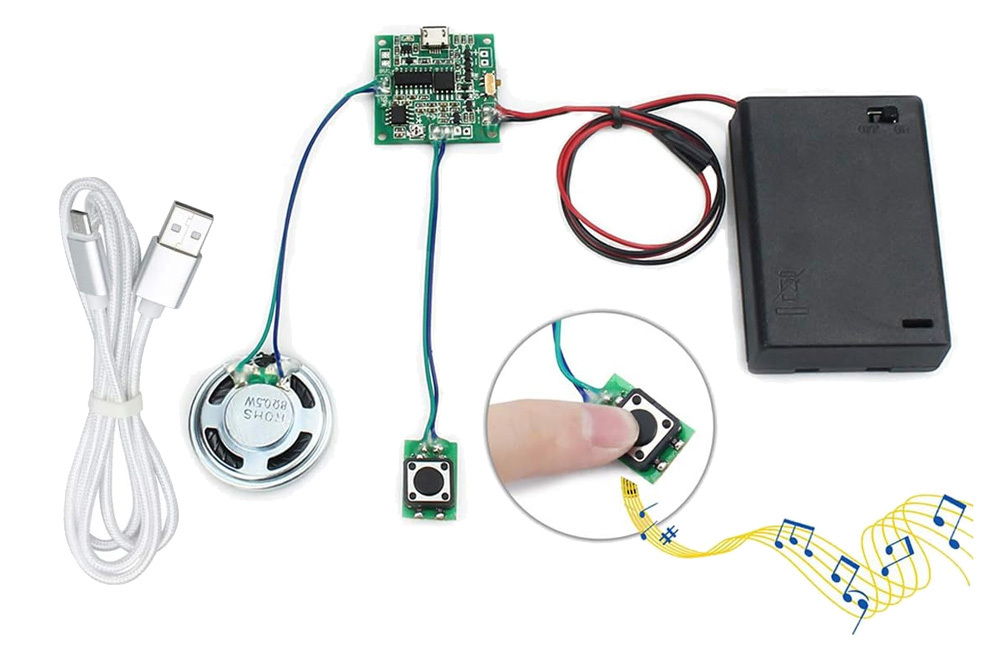
Q: I recently added a Faller carousel to my HO scale model railroad. It is lighted and motorized. Now I would like to add a sound module to the layout to play carousel sounds. Any suggestions where I might find one? — Larry Gaiardelli A: I couldn’t find a sound module pre-recorded with carousel sounds, […]
Read More…
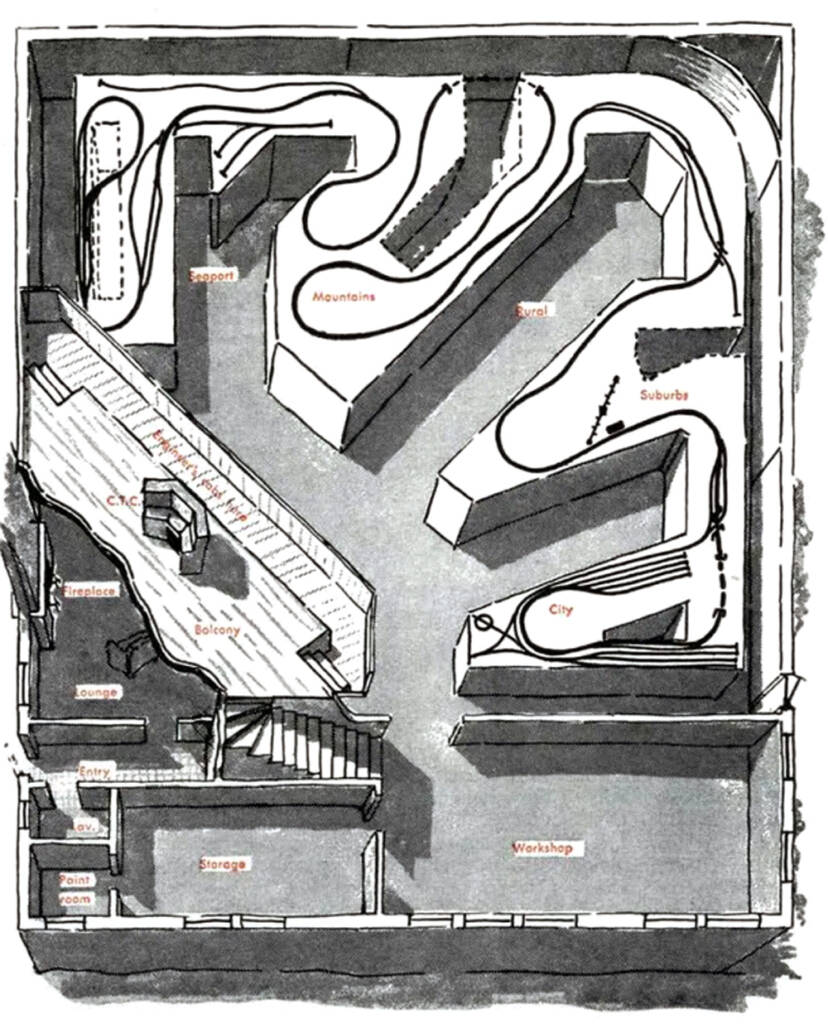
In 1951, Linn Westcott wrote a story about his ideas for a million-dollar model railroad. It was a thought experiment that looked at everything from the layout space to how he’d control the trains. You can read about it here. A recently republished interview with Linn on Trains.com got some of us thinking about what […]
Read More…
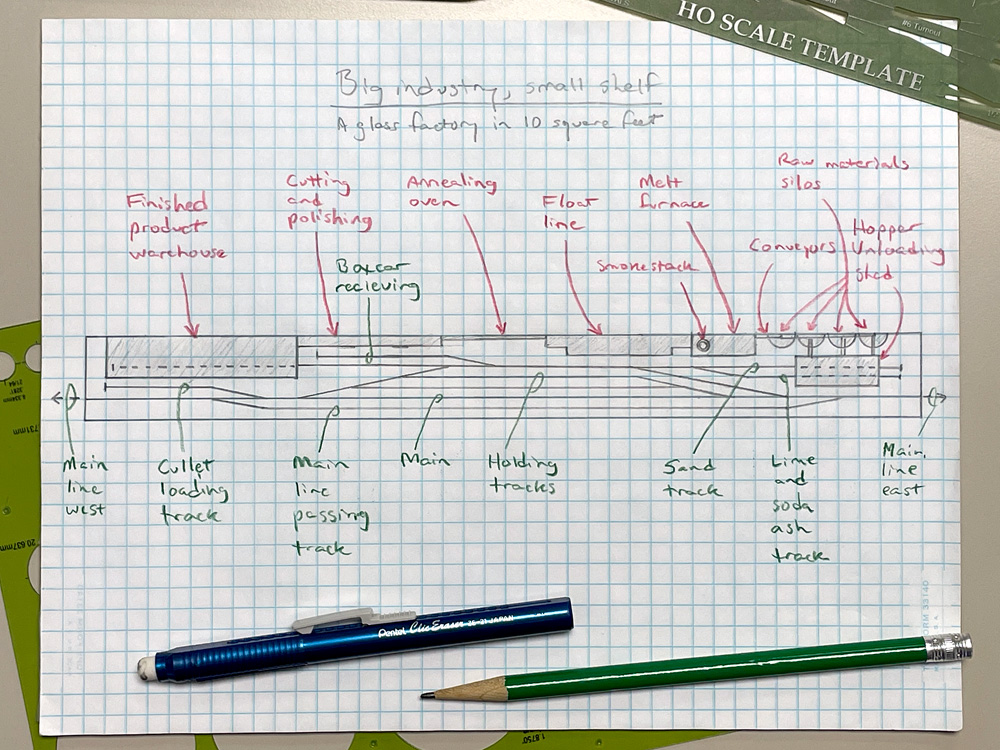
A reader’s inquiry to my “Ask MR” column (published earlier on Trains.com) inspired me to sketch a track plan for an HO scale glass factory shelf layout. We published a track plan for a glass factory in our January 2003 issue, but that was a 4 x 8-foot plan, and not everybody can devote 48 square […]
Read More…
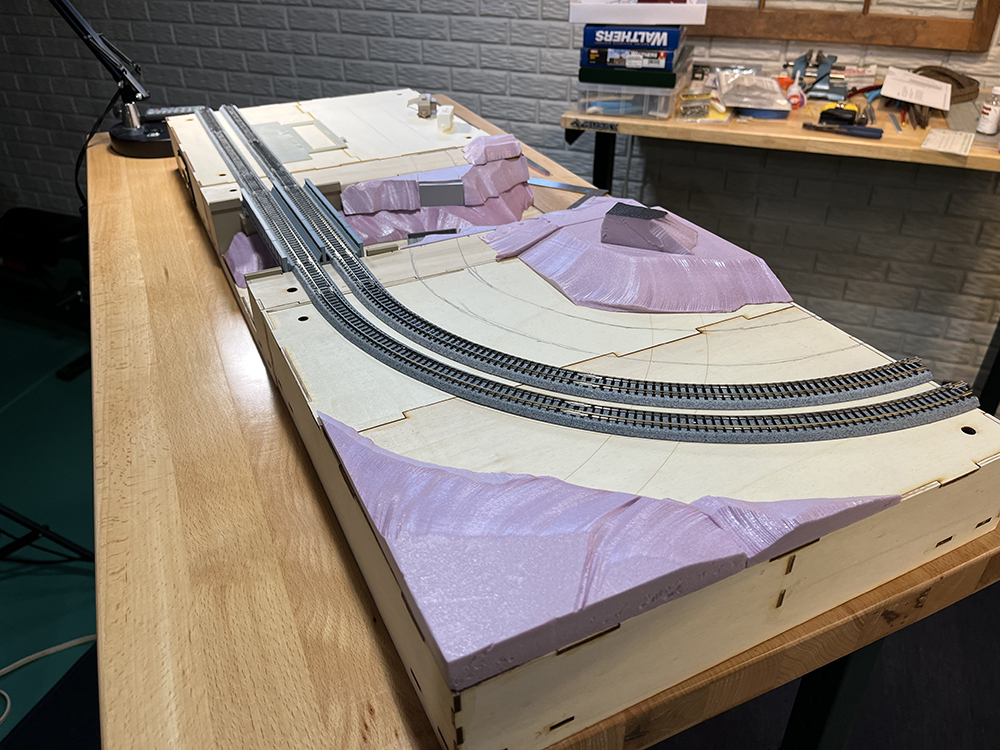
Modelers David Popp, Brian Schmidt, and Bryson Sleppy begin the scenery process on their T-TRAK modules by looking at photos of the Colorado plains. T-TRAK is a modular N scale railroading system that uses foot-wide boxes plugged together to build tabletop layouts. In this fifth installment, the three modelers explain how to build hills and […]
Read More…
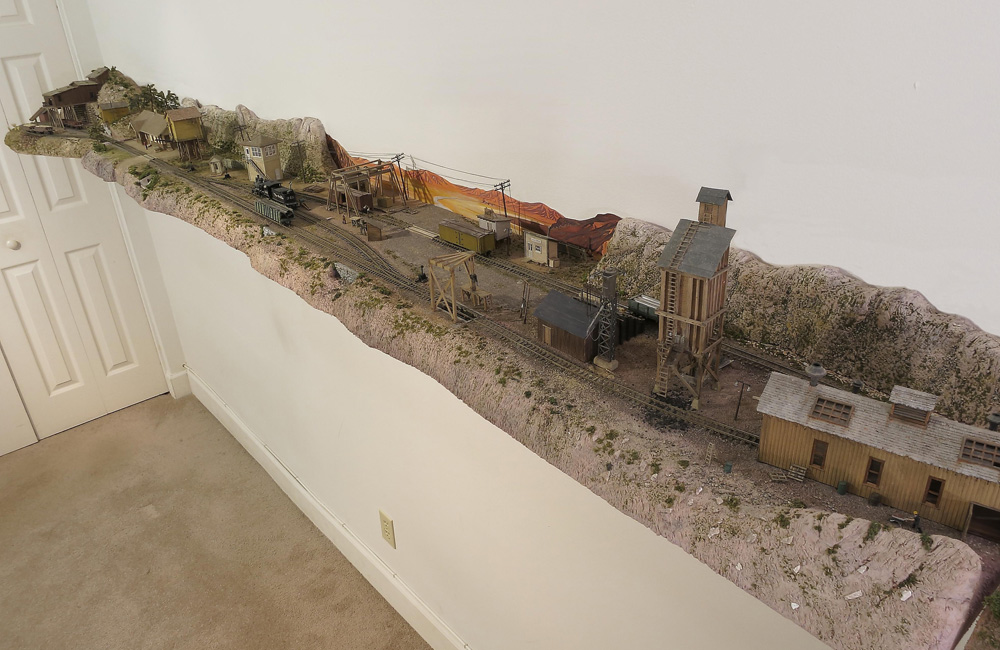
I’ve had a fondness for narrow gauge modeling since I was a teenager reading Model Railroader stories by John Olsen and Malcolm Furlow in the early 1980s. So when it came time to build my first real layout, it’s no surprise that I chose HOn3 scale. It’s also no surprise I chose a freelanced route, […]
Read More…
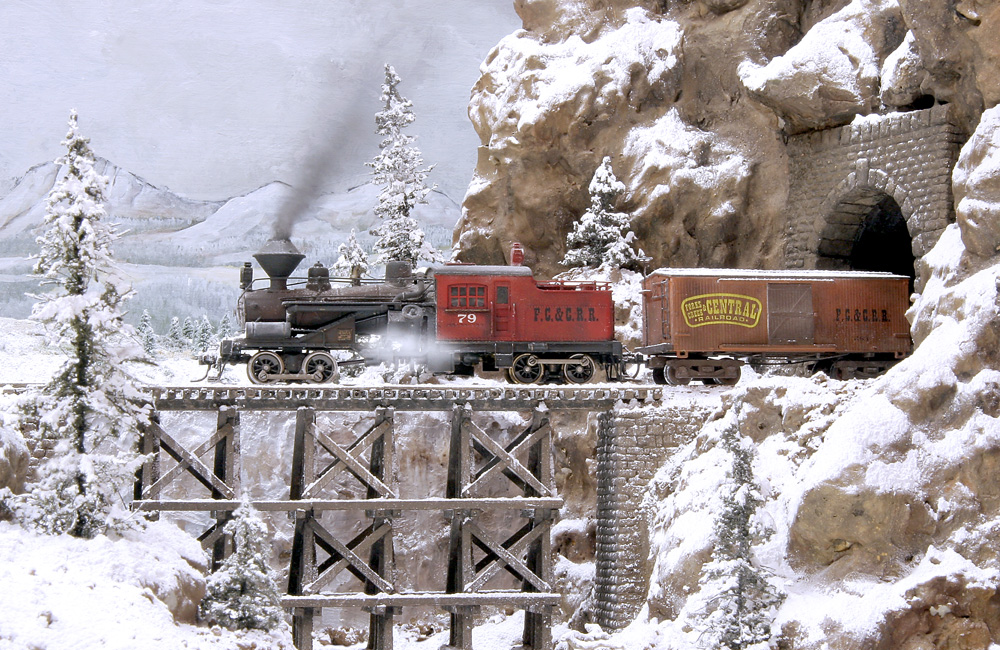
Although most model railroads are set in the verdant summer or colorful autumn, the snow-covered landscapes of a northern winter offer an unmatched visual drama. From paint to grout to powdered stone to commercial modeling products, there are many possible answers to the question of how to model snow on a model railroad layout. Modelers […]
Read More…
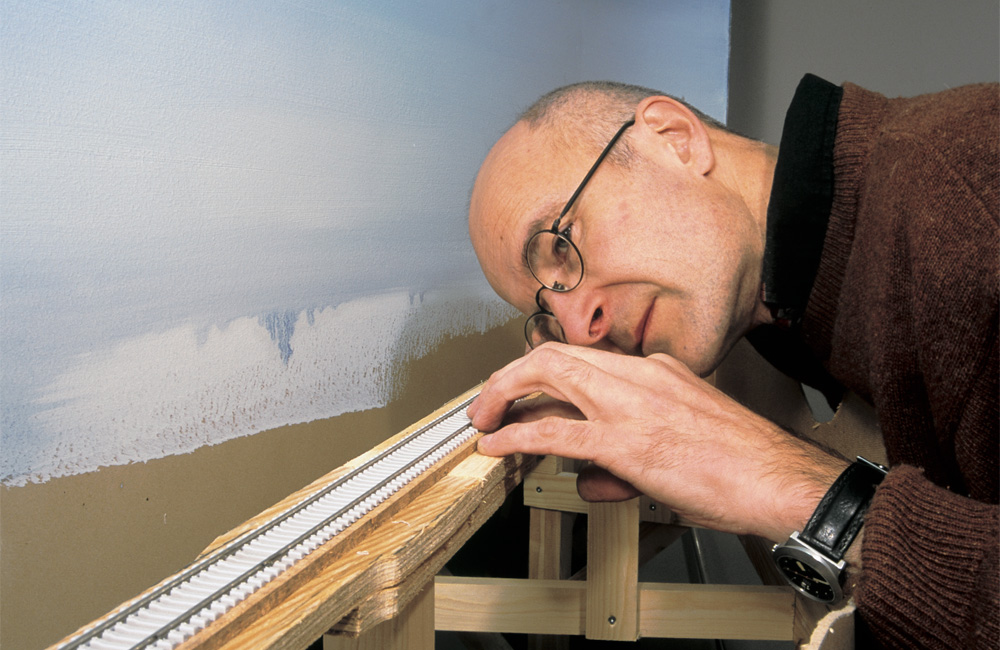
Q: What is the rule of thumb for the transition from a grade back to level when laying track? — Carl Angdahl A: Gradual transitions between track grades, called vertical track easements, can help prevent problems on your model railroad. If a train suddenly goes from a steep grade to flat track or vice-versa, couplers […]
Read More…
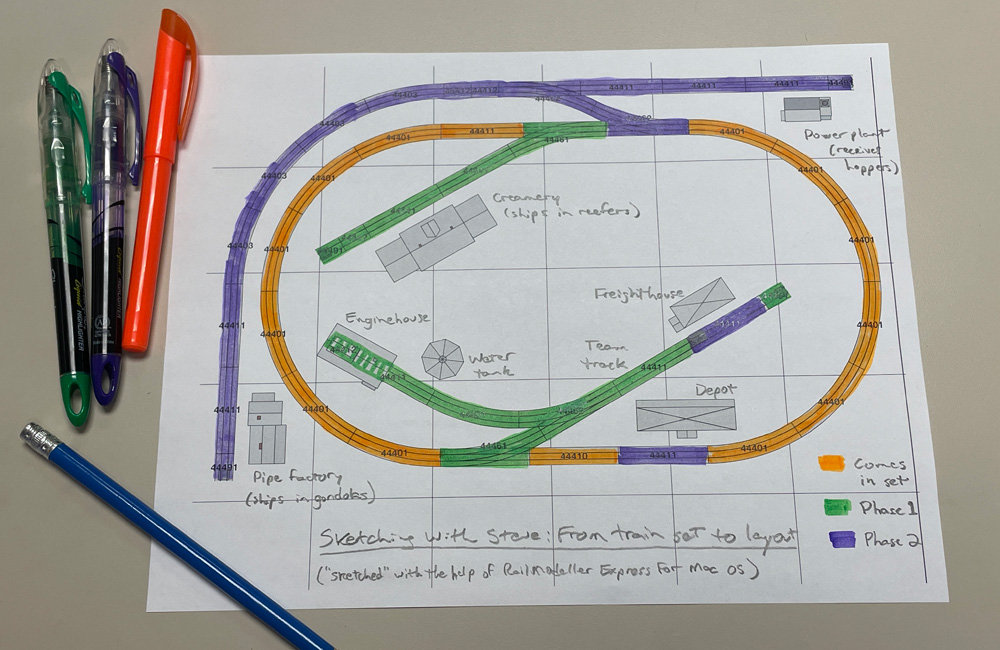
Many model railroaders get their start during the holiday season, with a train set either wrapped in colorful paper or already set up and circling under the tree on Christmas morning. But after a while, even a starry-eyed kid can get bored watching that train go around and around in an endless loop. It would […]
Read More…












